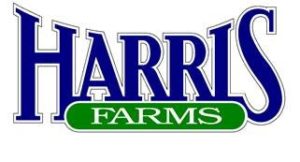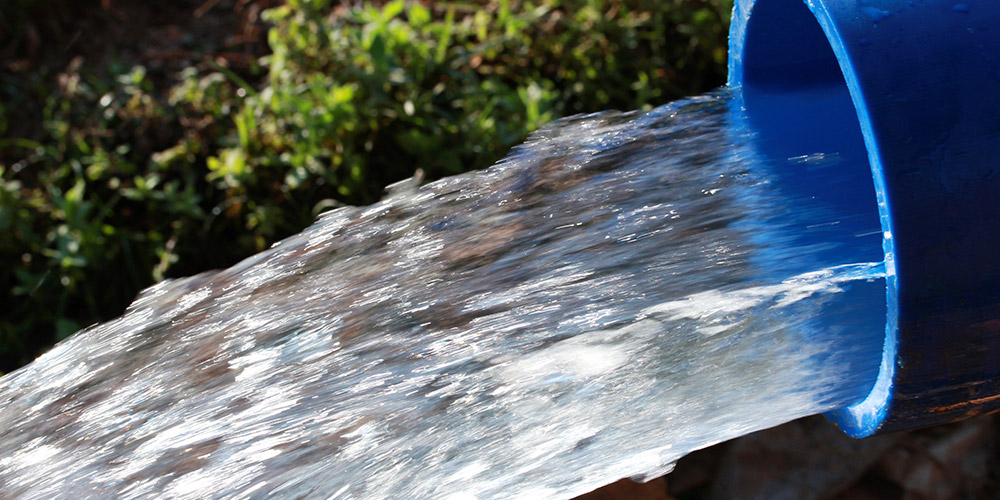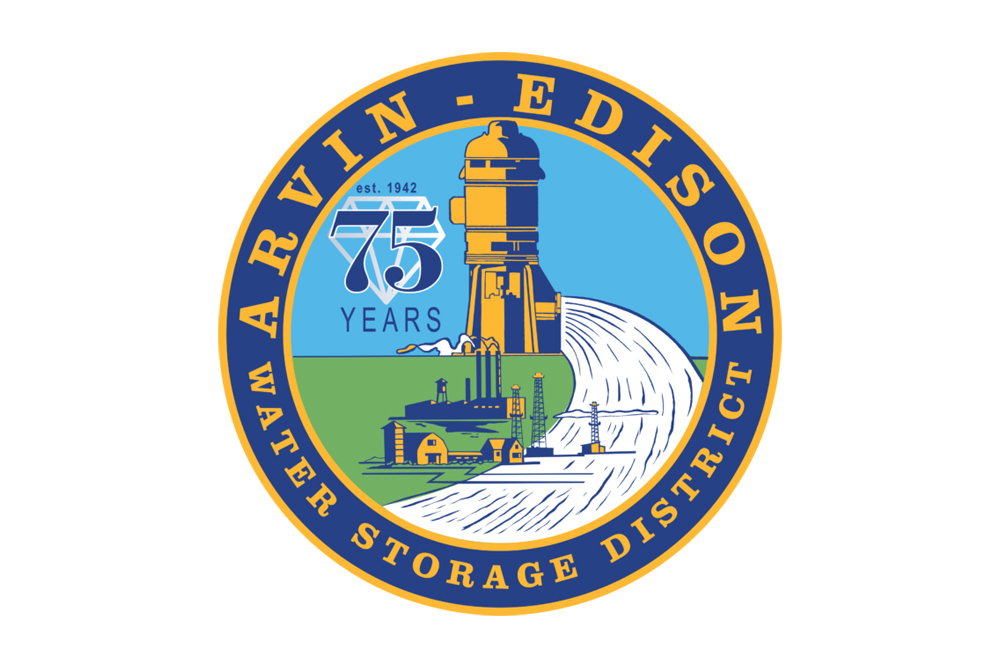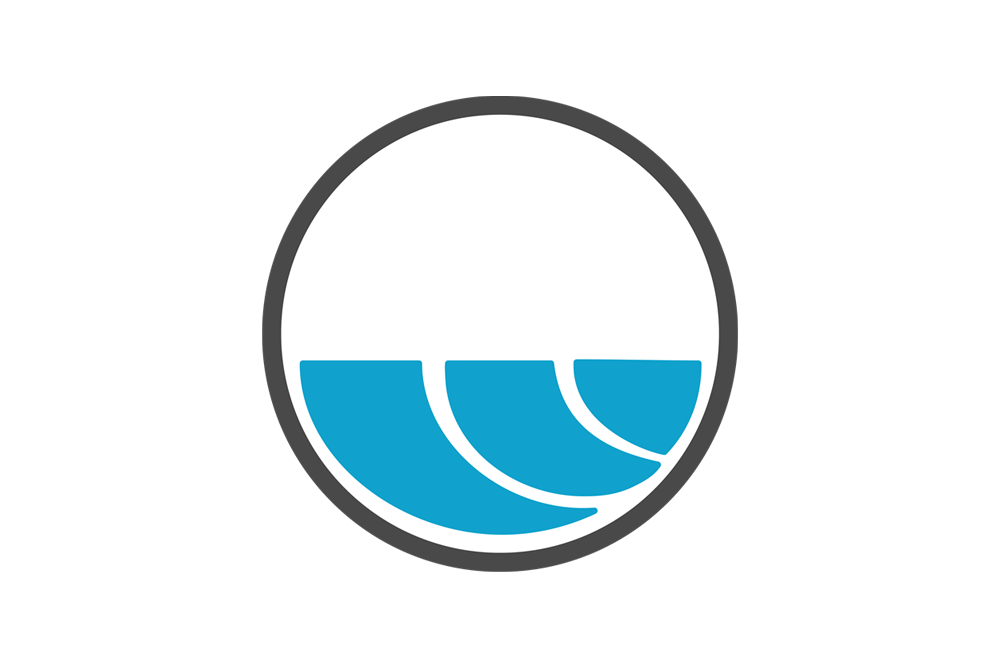 The Kaweah Delta Water Conservation District held its Tuesday, December 1, 2020 board meeting remotely from its Farmersville headquarters on GoToMeeting. Chairman Don Mills called the member to order at 9:00am. General Manager Mark Larsen announced there will be ethics training for board members after the meeting. Also, Larsen said Director Mike Chrisman would not be able to attend as his wife Barbara is having some pretty severe health issues. We join with Larsen and the board and staff of KDWCD in prayers for a swift and full recovery.
The Kaweah Delta Water Conservation District held its Tuesday, December 1, 2020 board meeting remotely from its Farmersville headquarters on GoToMeeting. Chairman Don Mills called the member to order at 9:00am. General Manager Mark Larsen announced there will be ethics training for board members after the meeting. Also, Larsen said Director Mike Chrisman would not be able to attend as his wife Barbara is having some pretty severe health issues. We join with Larsen and the board and staff of KDWCD in prayers for a swift and full recovery.
Reports
The consent calendar was passed and Water Master Vick Hernandez gave his report saying there are predictions of a below average water year. He said we need a wet January or this year will look a lot like last year. Often a wet December is followed by a dry new year. Hernandez got to go up to the Wolverton Mountain snow sensor with DWR folks. He said it was up and running but it stopped. There’s almost always a problem with new sites. It appears the sensor on Wolverton Mountain was battery powered and is now solar so that could be a fix. The fires caused a delay to the regular maintenance of snow sensors as flights couldn’t get through the smoke.
Larsen reported the Central Valley Project supplies are much the same. Engineer Dennis Keller said all the predictions are coming out about the same.
Director Chris Tantau reported on the recent Friant Water Authority retreat where he said one of the discussions were about how to better finance its obligations to the San Luis Delta Mendota division of the CVP. Of course there was a lot of talk about the subsidence on the Friant Kern Canal. He said there may soon be an agreement with the Eastern Tule GSA to help finance repairs on the FKC. This is Tantau’s last month as Chair of FWA. Jim Erickson of Madera ID was slated to take over as chair but he’s stepping aside so someone with a district turnout on the FKC can be installed. Tantau said the San Joaquin Valley Water Blueprint was a big topic. He said Scott Hamilton was there and gave a presentation. It has progressed further now as some very preliminary conveyance plans have been developed. Larsen added the FKC has been dewatered for maintenance. That worked out well for Kaweah Delta’s construction on a turnout for the Hannah Ranch project. Keller said the canal is usually dewatered every three years for maintenance and repairs and the entire process can’t take more than 90 days start to finish. Someone asked Tantau if the transition of chairmanship will be smooth or will there be a recount with Tantau refusing to give up his parking space.
Next Larsen spoke about the Airborne Snow Survey funds. He said DWR came through with a refund check for more than $100,000 and the additional $400,000 plus will be applied to future flights. It’s a flexible and efficient plan. It sounded like Larsen and the board were OK with that. Good for them.
Telling the World about Water
Mike Wade is the director of the California Farm Water Coalition and if you aren’t aware of CFWC you need to be. It is one of the very best windows on ag water in the state. The Coalition has been around since 1989 and is based on educating the public about the link between ag water and food supply. Amazing that task needs to be done but Wade and the CFWC does a good job. The Cultivate California program is administered by CFWC. Wade said CFWC runs more than 75 news stories per year challenging the often negative mainstream press narrative regarding ag and ag water usage.
There is a new Museum of Science And Curiosity MOSAC being built on the banks of the Sacramento River in Sacramento. One of the exhibits shows how much water is needed to produce a nutritious meal. There is also a “More Crop per Drop” that shows the technology of irrigation and is interactive. Water Storage is the third exhibit and shows where the water being used to farm comes from. This is a one million dollar trio of exhibits. This should open before the end of the year.
The CFWC feature I use most is its clipping service. A daily newsletter is sent out each morning and is a compilation of news stories recently published. There are other clipping services; some even specialize in water in California but I don’t know of any source of ag water news that surpasses CFWC.
Wade explained Cultivate California was developed during the 2014-2015 drought where the press was painted a very inaccurate and distorted message about ag being faceless, corporate farms. Surveys were taken to determine the greatest informational needs and it is financed to a good deal by advertising. A national ad agency in Southern California has been able to help narrow the audience and most of it is digital now – Wade said this is a much more efficient way to reach the targeted audience. That audience has children under 18 living at home and are careful about their nutrition. He said the analytics are way above the industry standards. Cultivate California’s production schedule is busy; since June 1st there have been two new videos and several new ads. The content includes Chef Douglas Keane of Sonoma and Fresno County Grower Don Cameron profiles. Keane is a great  advocate for California grown produce. The web viewership has quadrupled in two years. Very impressive. Wade said the bang for the buck is good for the investors. If there is all this exposure why don’t we see more of Cultivate California? Wade said the dollars are being spent in Southern California, the Bay Area and Sacramento where there is less preaching to the choir.
advocate for California grown produce. The web viewership has quadrupled in two years. Very impressive. Wade said the bang for the buck is good for the investors. If there is all this exposure why don’t we see more of Cultivate California? Wade said the dollars are being spent in Southern California, the Bay Area and Sacramento where there is less preaching to the choir.
SCADA
A presentation about how to fully convert to remote control and more accurate monitoring a report was given. It sounded like Dave DeGroot of Four Creeks but I couldn’t see who it was for sure. He said while it’s true the Model T will start every time it is necessary to drive a new system. There is an association, I think the Kaweah & St. Johns River Association but in any event if it is DeGroot speaking about the KSJRA – the water contractors who utilize  these flows – solicited proposals for monitoring wells. He said Hot Spot Ag has being tested and has far exceeded expectations. It’s cellular and customizable. DeGroot, if it was DeGroot, said the equipment costs and cell plan are very reasonable. It sounded like a modular plan for additional costs per measuring station and you’re paying for the ease and accuracy. KSFJRA and KDWCD are considering a cost share agreement and Larsen said staff recommends using Hotspot Ag. Larsen also spoke about how the cost share could be divided between the two agencies.
these flows – solicited proposals for monitoring wells. He said Hot Spot Ag has being tested and has far exceeded expectations. It’s cellular and customizable. DeGroot, if it was DeGroot, said the equipment costs and cell plan are very reasonable. It sounded like a modular plan for additional costs per measuring station and you’re paying for the ease and accuracy. KSFJRA and KDWCD are considering a cost share agreement and Larsen said staff recommends using Hotspot Ag. Larsen also spoke about how the cost share could be divided between the two agencies.
After that, many wonderous things and marvels defying reason were discussed. Two potential cases of anticipated litigation may have been poked and prodded in closed session. The only reason to mention this is the agenda listed two potential cases. And that was that.
DISCLAIMER OF RESPONSIBILITY; Waterwrights.net strives to provide his clients with the most complete, up-to-date, and accurate information available. Nevertheless, Waterwrights.net does not serve as a guarantor of the accuracy or completeness of the information provided, and specifically disclaims any and all responsibility for information that is not accurate, up-to-date, or complete. Waterwrights.net’s clients therefore rely on the accuracy, completeness and timeliness of information from Waterwrights.net entirely at their own risk. The opinions expressed in this report are those of the author and do not represent any advertisers or third parties.
ALL RIGHTS RESERVED. Copyright 2020 by Don A. Wright
Kaweah Delta Water Conservation District
2975 N. Farmersville Blvd.
Farmersville, California 93223
559/747-5601
KDWCD is part or the Greater Kaweah GSA DWR #5-022.11
Board of Directors
Don Mills – President, Chris Tantau – Vice-President, Ron Clark, Jimi Valov, Jeff Ritchie, Mike Chrisman & Brian Watte
Management
Mark Larsen, General Manager – mlarsen@kdwcd.com
Terry Stafford, Facilities Manager -tstafford@kdwcd.com
Dian Rader, Administrative/HR Coordinator – drader@kdwcd.com
Larry Dotson, Senior Engineer – ldotson@kdwcd.com
Shane Smith, Projects/Administrative Manager – ssmith@kdwcd.com
Office and Field Staff
Equipment Operators – Jesus Sandoval, Chris Bell
Water Master – Victor Hernandez
Office Assistant – Kathleen Halvorsen
Primary Consultants
Bruce George – Special Projects Consultant
Dennis Keller – Civil Engineer (Keller/Wegley Consulting Engineers)
Aubrey Mauritson – Attorney (Ruddell, Cochran, Stanton, Smith & Bixler, LLP)
From the Kaweah Delta website:
The Kaweah Delta Water Conservation District (KDWCD) was formed in 1927, under the provisions of California state law known as the Water Conservation Act of 1927, for the purpose of conserving and storing waters of the Kaweah River and for conserving and protecting the underground waters of the Kaweah Delta. Later the Water Conservation Act, as well as the purpose of the District, was expanded to include power generation and distribution.
The District is located in the south-central portion of the San Joaquin Valley and lies in  portions of both Tulare and Kings Counties. The total area of the District is about 340,000 acres with approximately 255,000 acres located in the western portion of Tulare County and the balance, or 85,000 acres, in the northeastern portion of the Kings County.
portions of both Tulare and Kings Counties. The total area of the District is about 340,000 acres with approximately 255,000 acres located in the western portion of Tulare County and the balance, or 85,000 acres, in the northeastern portion of the Kings County.
The Districts lands are primarily agricultural in nature, although the cities of Visalia and Tulare constitute significant areas of urbanization. Farmersville is the other incorporated area. The population of the District is currently estimated to be in excess of 175,000 people with the principle crops being cotton, misc. field crops, deciduous fruit and nut trees as well as alfalfa.
Numerous public and private entities within the District’s boundaries divert water from the Kaweah River and its distributaries. Nearly all of the lands served with Kaweah River water also are served irrigation water from groundwater, primarily due to the erratic and relatively undependable nature of flow on the Kaweah River. All municipal and industrial water uses within the District are supplied from groundwater.
KDWCD and Tulare Irrigation District (TID), which lies entirely within the boundaries of the Kaweah Delta Water Conservation District, has a long-term contract with the federal Central Valley Project (CVP) for water from the Friant Division of the CVP. TID has historically received substantial quantities of CVP water surplus to the demands of the District which augment the Kaweah River supply.
The District and the Kaweah River groundwater basin have experienced long-term groundwater overdraft estimated in 2007 to be as much as 40,000 acre-feet per year. The District has performed multiple studies of groundwater data to determine the extent and volume of groundwater overdraft within its boundaries. There are currently over 40 recharge basins within the District covering approximately 5,000 acres. While KDWCD owns and operates many of these groundwater recharge basins, it does not provide water banking services for others.
































